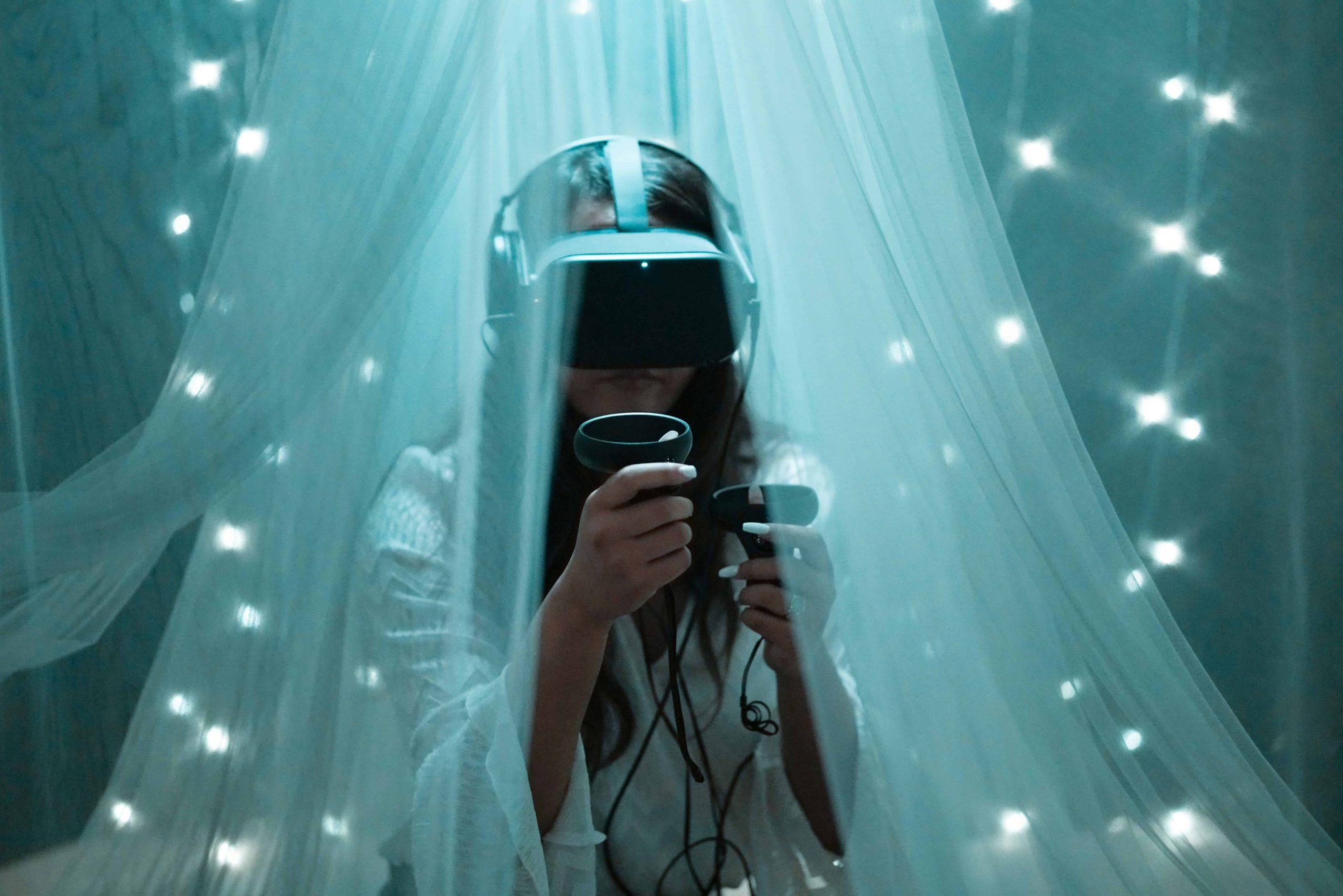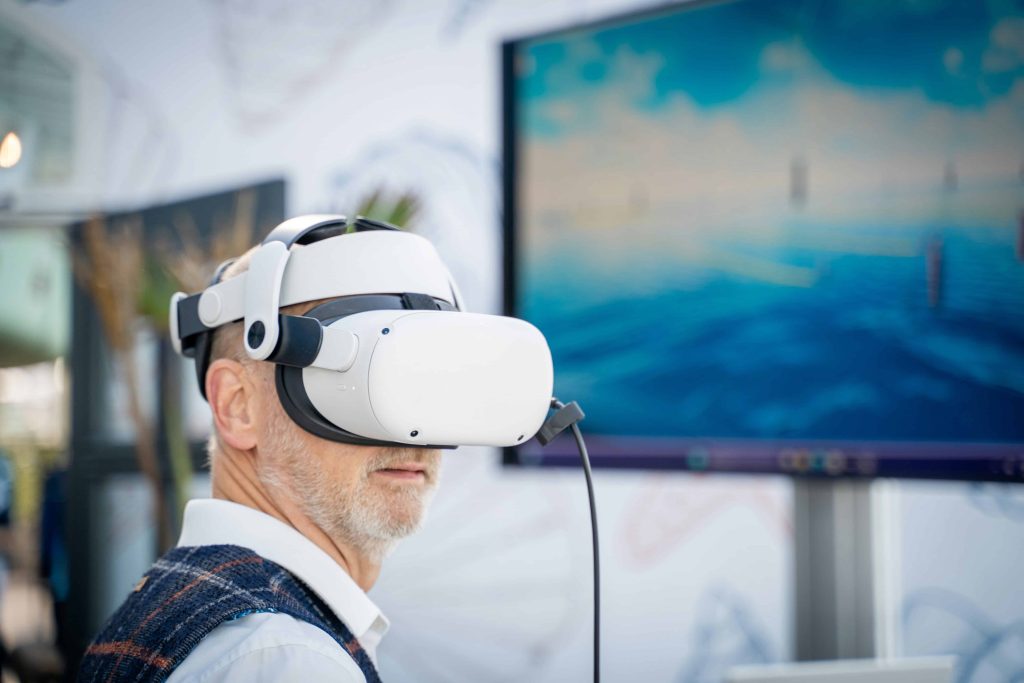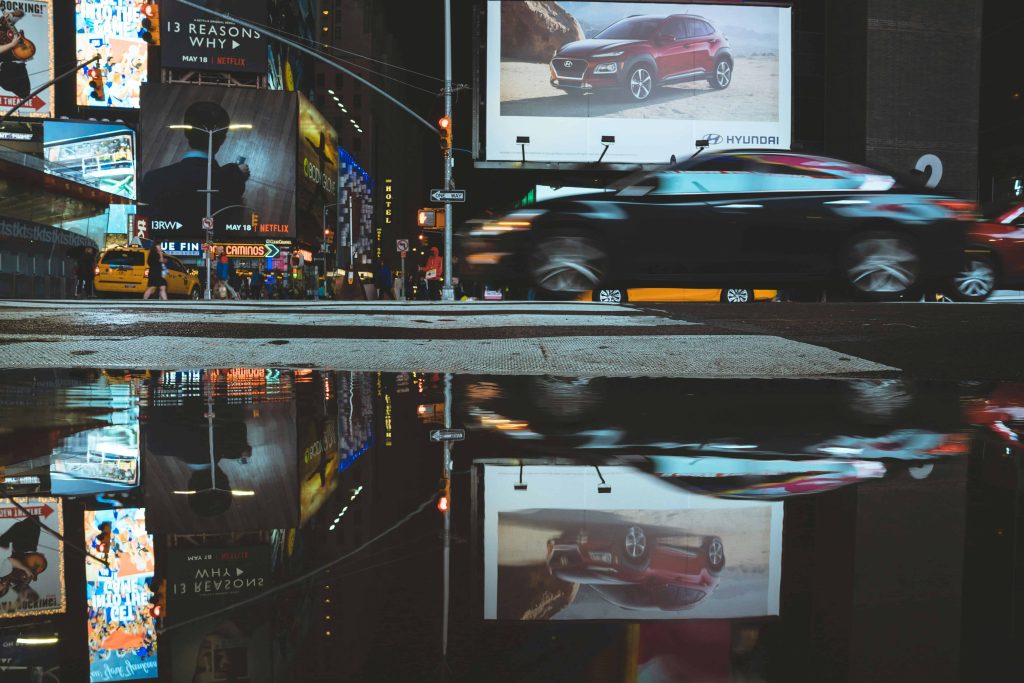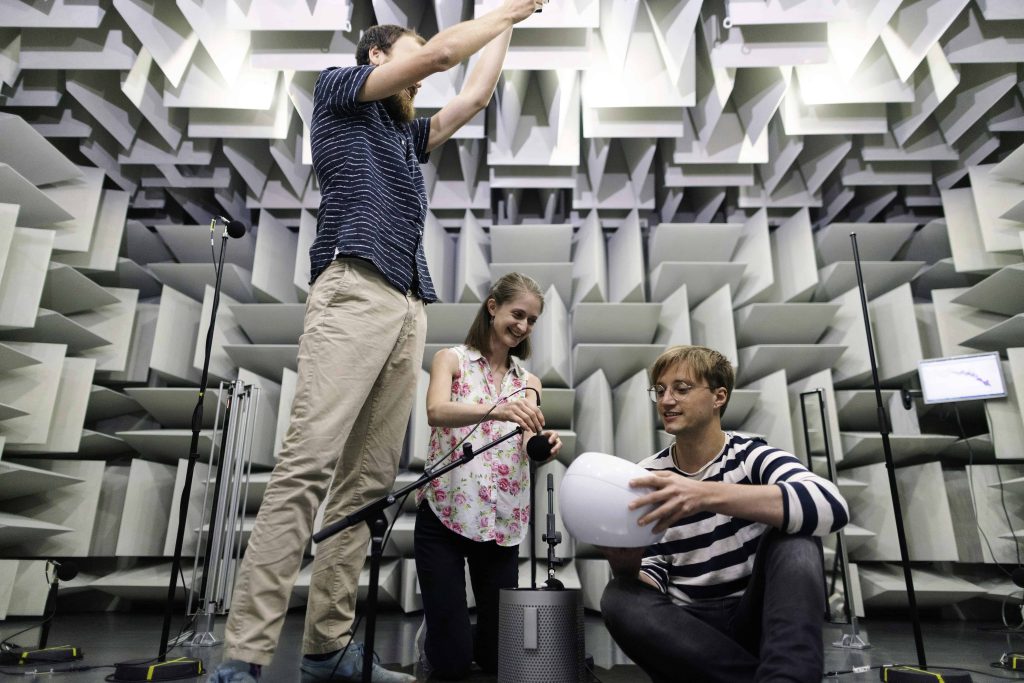
11 Nov The Future of Virtual Art Tours: Global Collaborations in 2024
Global Collaborations in Virtual Art Tours
In a rapidly globalizing world, art is finding new ways to cross borders without a single physical step. Global collaborations in virtual art tours are transforming how we experience and appreciate art, breaking down geographical barriers, and enhancing cultural exchange. The blend of technological advancements and artistic collaboration enables virtual art tours that bring artworks, museums, and galleries directly to people’s screens, offering a dynamic experience that transcends traditional viewing methods.
The Role of Technology in Virtual Art Tours
Advancements in Virtual Reality and Augmented Reality
With virtual reality (VR) and augmented reality (AR), virtual art tours are no longer limited to flat screens or static images. These technologies allow for immersive and interactive experiences, where viewers can navigate 3D spaces, examine artworks in detail, and interact with elements in real-time.
- Immersive Experiences: VR and AR make it possible to simulate the feeling of walking through a gallery, creating an immersive experience that closely mirrors an in-person visit.
- 360-Degree Views and Detailed Visualizations: Viewers can explore artworks from various angles and zoom in on details, creating a more comprehensive viewing experience.
Online Platforms and Digital Tools
Digital platforms have emerged as powerful tools for sharing and curating art. Museums, galleries, and independent artists now use these platforms to curate virtual exhibitions and collaborate globally with minimal logistical constraints.
- Curated Digital Collections: Platforms like Google Arts & Culture provide access to high-resolution images of artworks and enable users to explore art from around the world.
- Remote Collaboration: Artists and curators can collaborate across continents, creating joint exhibitions and cross-cultural projects that would have been difficult to execute in a physical space.
Benefits of Global Collaborations in Virtual Art Tours
Expanding Access to Art
One of the most significant impacts of virtual art tours is the ability to reach diverse audiences worldwide, including those who may not have the means or opportunity to visit in person. This expansion democratizes access to art, allowing anyone with internet access to experience world-class collections and exhibitions.
- Reaching Broader Audiences: Virtual art tours allow people from different backgrounds and geographical locations to access art, promoting inclusivity.
- Breaking Barriers to Cultural Exchange: By facilitating access to global art collections, virtual tours encourage a rich exchange of ideas and perspectives.
Enhancing the Art Experience
Through technology, art can now offer personalized and interactive experiences. Virtual tours often feature commentary, guided tours, and multimedia elements, enhancing how audiences connect with and understand the artworks.
- Curating Unique Exhibitions: Virtual galleries provide curators with flexibility in how they display and interpret collections, allowing for creativity and experimentation.
- Interactive Elements: Features like audio guides, artist interviews, and interactive tools allow viewers to engage with art on a deeper level, creating a more immersive experience.
Promoting Cultural Understanding and Diversity
In an interconnected world, virtual art tours foster intercultural dialogue and expose audiences to diverse artistic traditions. These collaborations celebrate cultural diversity and enable viewers to appreciate the nuances of global art.
- Fostering Dialogue and Appreciation: Global collaborations in art tours help bridge cultural gaps, encouraging viewers to explore different perspectives.
- Celebrating Artistic Traditions: Virtual tours highlight the richness of diverse cultures, promoting a sense of global community and shared heritage.
Challenges and Considerations
Technical Limitations and the Digital Divide
While virtual art tours have great potential, they are not without challenges. Technical limitations and disparities in digital access can affect how these experiences are delivered and received.
- Ensuring Accessibility: Not all users have access to high-speed internet or VR/AR technology, which can create disparities in how art is experienced.
- Addressing Technical Issues: Virtual tours must navigate potential technical setbacks, from compatibility issues to platform limitations.
Copyright and Intellectual Property Rights
Digital art and online exhibitions introduce complex legal issues regarding copyright and intellectual property. Artists and institutions must ensure that their work is protected in this virtual landscape.
- Navigating Legal Complexities: Virtual collaborations may involve sharing works across borders, necessitating legal safeguards.
- Protecting Artists’ Rights: Institutions must ensure fair compensation and credit for artists, especially in cases of digital reproduction and distribution.
Preserving Cultural Heritage and Authenticity
There is a delicate balance between innovation and cultural preservation in virtual art. As we embrace technology, it’s essential to maintain the authenticity and cultural significance of artworks.
- Balancing Innovation with Tradition: Virtual representations must respect the cultural context of artworks, preventing misinterpretations or oversimplifications.
- Ethical Considerations: Institutions need to address ethical concerns regarding the digital portrayal of sacred or culturally sensitive art.
Future Trends and Opportunities in Virtual Art Tours
AI and Machine Learning
Artificial intelligence (AI) and machine learning are poised to redefine the virtual art experience. These technologies offer personalized recommendations and enable more interactive narratives, enhancing user engagement.
- Personalized Recommendations: Machine learning algorithms can suggest artworks or exhibitions tailored to individual preferences.
- Automated Curation: AI tools can help curators organize and present collections more effectively, making it easier to create cohesive virtual exhibitions.
The Metaverse and Virtual Art Spaces
The metaverse offers exciting possibilities for virtual art, enabling the creation of social, immersive spaces that bridge the gap between physical and digital art experiences.
- Immersive Social Experiences: The metaverse allows users to explore art in a shared, social environment, enhancing interaction and community building.
- Opportunities for Artists and Collectors: Virtual spaces in the metaverse create new opportunities for artists to showcase their work, reach new audiences, and even sell digital art.
Conclusion
In conclusion, virtual art tours represent a revolutionary shift in how art is experienced and shared globally. By embracing cutting-edge technologies like VR, AR, and AI, these digital platforms break down barriers, making art accessible to diverse audiences and promoting global collaboration. While challenges such as digital access and intellectual property rights remain, the future of virtual art tours holds immense potential for deepening cultural understanding and democratizing the art world. As innovations continue to unfold, the digital realm will undoubtedly play a key role in shaping the future of art appreciation and exchange.
Key Takeaways
- Technology Enhances Art Experiences: Virtual Reality (VR) and Augmented Reality (AR) transform virtual art tours into immersive, interactive experiences, allowing users to explore artworks in 3D and from multiple angles.
- Global Collaboration Expands Access: Digital platforms enable artists and curators to collaborate globally, creating exhibitions that break geographical barriers and reach broader, more diverse audiences.
- Democratizing Art Access: Virtual tours allow people worldwide, regardless of their location or financial means, to access world-class collections and cultural experiences, promoting inclusivity and cultural exchange.
- Enhancing Engagement and Understanding: Interactive features like guided tours, artist interviews, and multimedia content enhance the depth of the art experience, fostering greater viewer engagement and appreciation.
- Cultural Exchange and Diversity: Virtual art tours promote intercultural dialogue, celebrating artistic traditions and fostering global understanding and appreciation of diverse cultures.
- Challenges of Digital Access: Technical limitations and the digital divide can hinder accessibility, especially for those without high-speed internet or VR capabilities.
- Legal and Ethical Considerations: Virtual art raises concerns about copyright, intellectual property rights, and the preservation of cultural heritage, requiring careful management of digital representations and safeguarding artists’ rights.
- Future Trends: AI, machine learning, and the metaverse offer exciting opportunities for personalized recommendations, automated curation, and immersive social art experiences, shaping the future of virtual art spaces and expanding possibilities for both artists and audiences.
FAQs
How do virtual art tours use technology to enhance the viewer’s experience?
Virtual art tours leverage VR and AR technologies to create immersive, interactive experiences. Viewers can explore 3D spaces, view artwork from various angles, and interact with real-time elements, simulating a gallery visit from their screens.
What are the benefits of global collaborations in virtual art tours?
Global collaborations expand access to art worldwide, promoting inclusivity and breaking down geographical barriers. These tours encourage cultural exchange and foster understanding by offering viewers a chance to explore diverse artistic traditions.
What challenges do virtual art tours face in terms of accessibility?
While virtual tours offer wide access, challenges like the digital divide, technical limitations, and internet disparities can affect the experience. Not everyone has access to high-speed internet or advanced VR/AR devices, which can create uneven access to these digital art experiences.
Step into the world of educational outreach through art and discover how exhibitions can make learning come alive, offering interactive experiences that foster connection, creativity, and a deeper understanding of the world.





